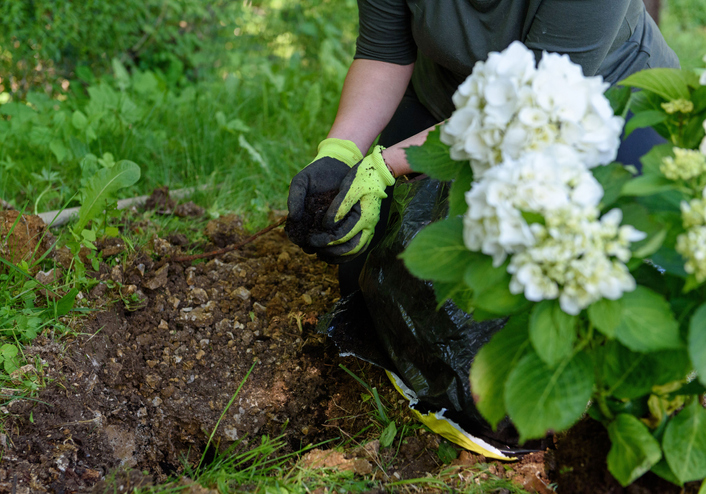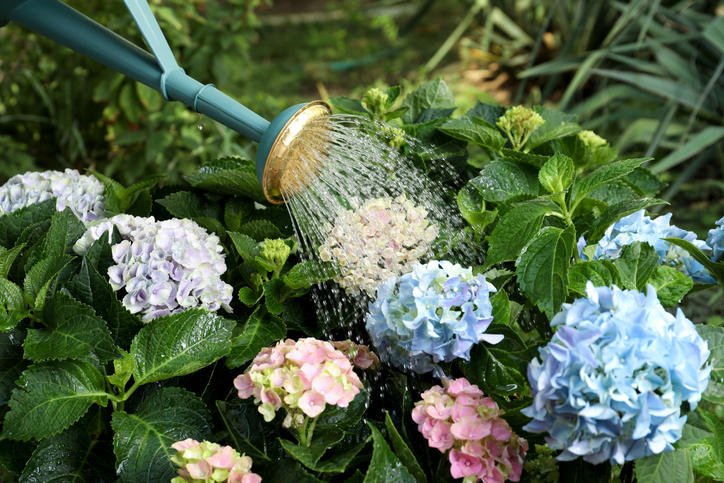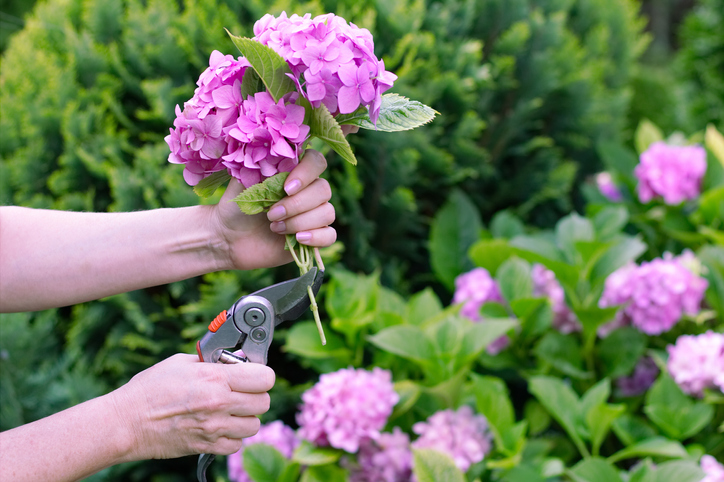
Tips for Growing Healthy and Beautiful Hydrangeas in Your Garden
Hydrangeas are beloved for their beautiful blooms and ability to thrive in a wide range of climates. They’re versatile plants that come in many different colors and varieties, each with its own unique characteristics. If you’re thinking about adding hydrangeas to your garden, here are some tips for growing healthy and beautiful plants.

Choose the Right Variety
There are many different types of hydrangeas, and each one has its own requirements for sun, soil, and water. Here are a few popular varieties and their unique characteristics:
Endless Summer
This variety is known for its ability to bloom repeatedly throughout the summer, even in colder climates. Its large, mophead flowers can be pink, blue, or purple, depending on the acidity of the soil.
Bloomstruck
Another variety with large, mophead flowers, Bloomstruck blooms on both old and new wood, ensuring a reliable bloom every year. Its flowers are a deep pinkish-purple color.
Blushing Bride
This variety features pure white blooms that start out green and gradually turn white as they mature. Its blooms are round and full, resembling a bridal bouquet.
Summer Crush
This variety is a dwarf hydrangea that produces large, raspberry-red flowers. It’s perfect for small gardens or containers.
‘Miss Saori’
This stunning hydrangea features delicate, double-petaled blooms with white edges and pink centers. It’s a relatively new variety, but it’s quickly gaining popularity for its unique and eye-catching blooms.
Consider Your Soil

Hydrangeas are notorious for their sensitivity to soil pH, which can affect the color of their blooms. If you want blue hydrangeas, you’ll need to have acidic soil with a pH of 5.5 or lower. If you want pink hydrangeas, you’ll need alkaline soil with a pH of 6.5 or higher. White hydrangeas will bloom regardless of soil pH.
To lower the pH of your soil, you can add sulfur or aluminum sulfate. To raise the pH, you can add lime or wood ash. Keep in mind that it can take several months for the soil to fully adjust to the pH changes, so plan accordingly.
Provide Adequate Water

Hydrangeas are thirsty plants, and they require regular watering to thrive. They prefer moist, well-draining soil, and they don’t do well in drought conditions. Be sure to water your hydrangeas deeply and consistently, especially during hot, dry weather.
Mulching around the base of your hydrangeas can help retain moisture and keep the soil cool. Use organic mulch like shredded bark or leaves, and avoid using inorganic mulch like stones or gravel, which can reflect heat and dry out the soil.
Prune with Care

Pruning is an important part of keeping your hydrangeas healthy and promoting new growth. However, it’s important to prune at the right time and in the right way to avoid damaging the plant.
Hydrangeas should be pruned immediately after they finish blooming in the summer. This allows the plant to grow new wood for the following year’s blooms.
growing hydrangeas is a fun and rewarding experience that can add beauty and color to your garden. By choosing the right variety, providing the right amount of water, adjusting your soil pH, and pruning with care, you can ensure that your hydrangeas thrive and bloom year after year.
So, go ahead and add some hydrangeas to your garden today – you won’t be disappointed!
